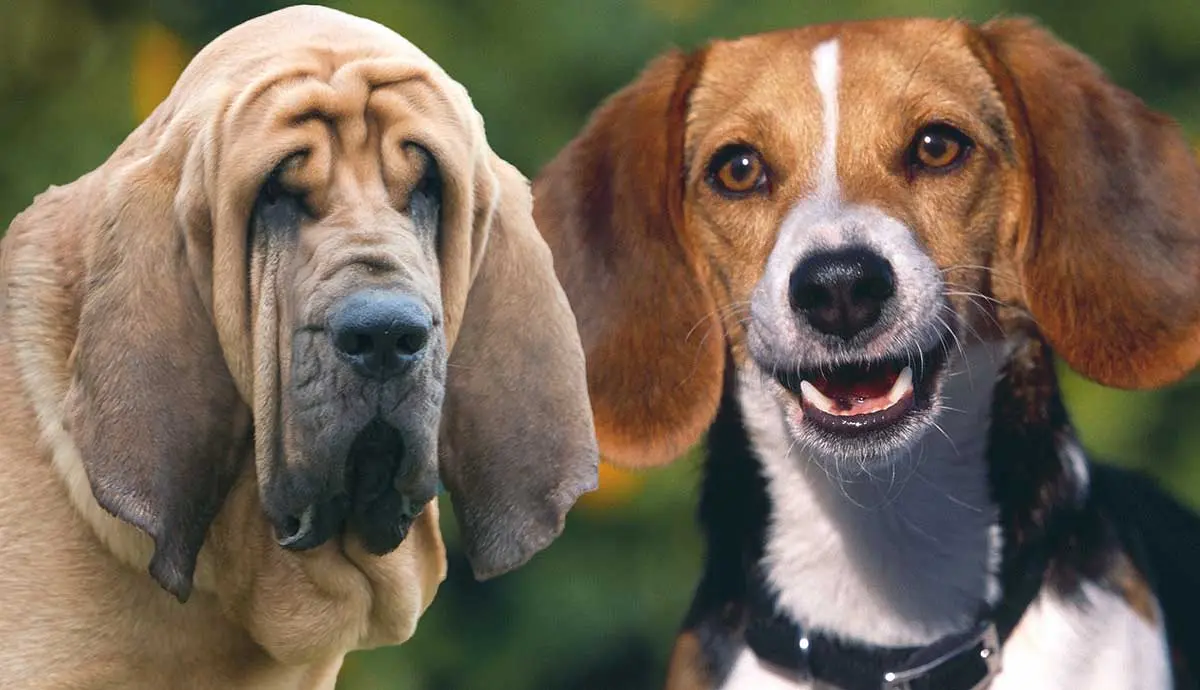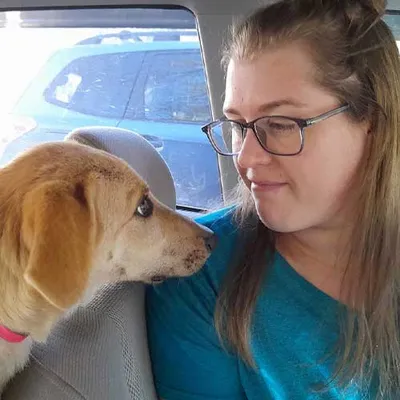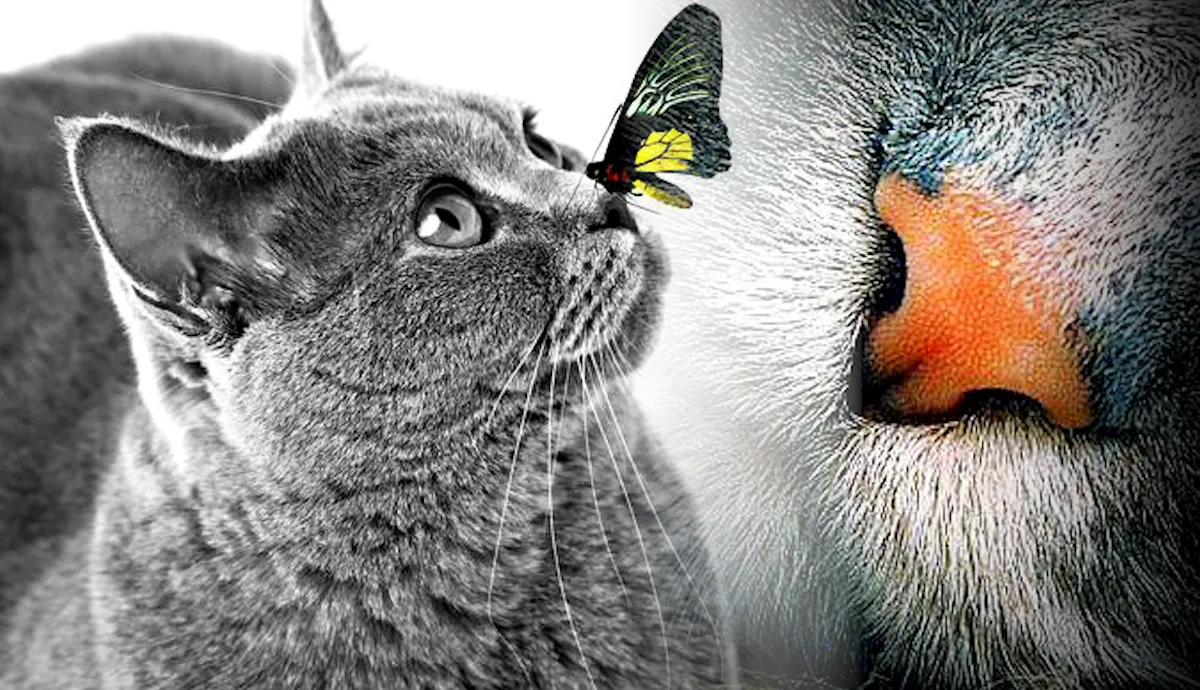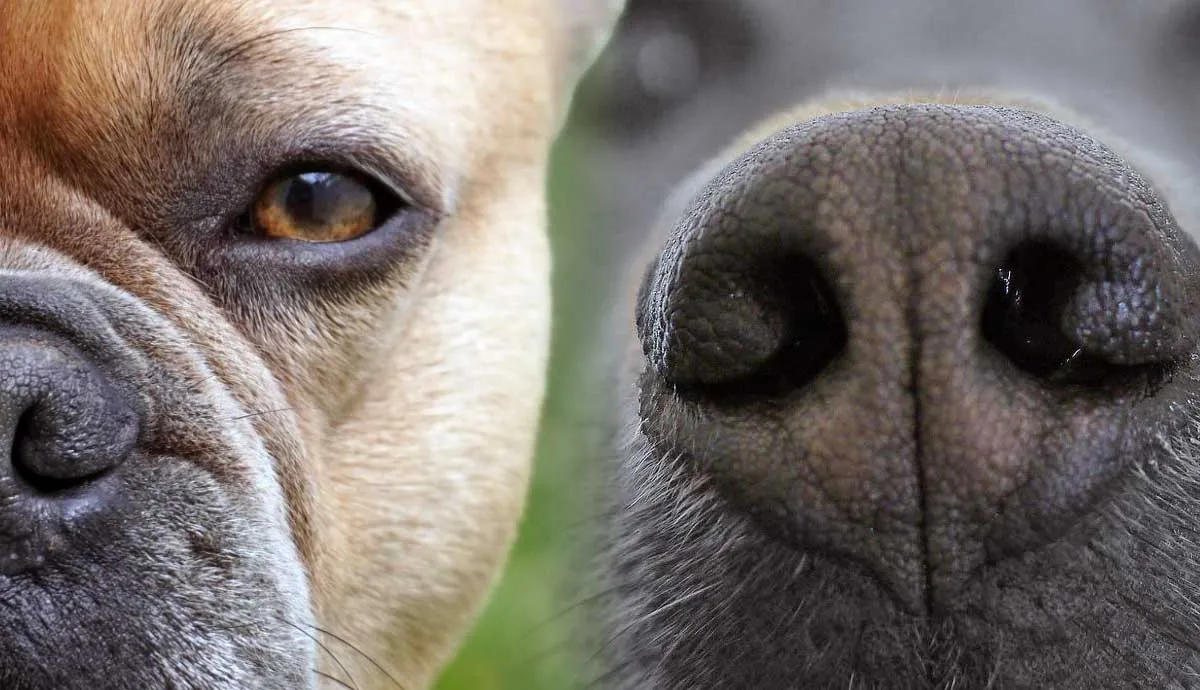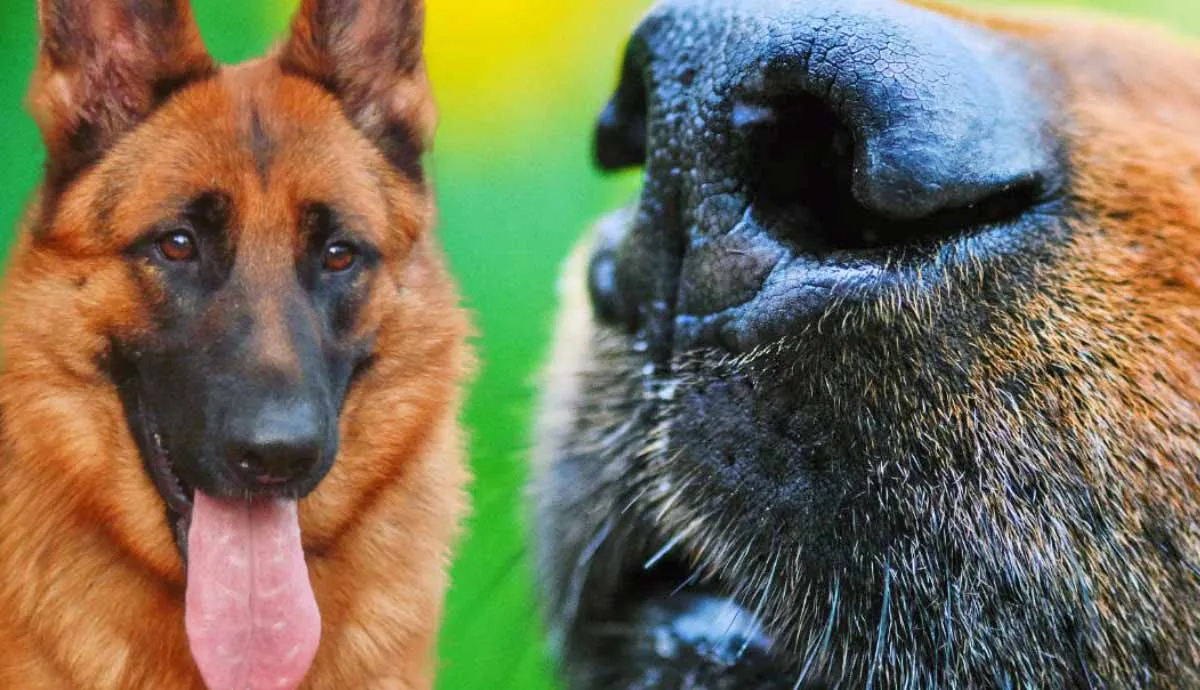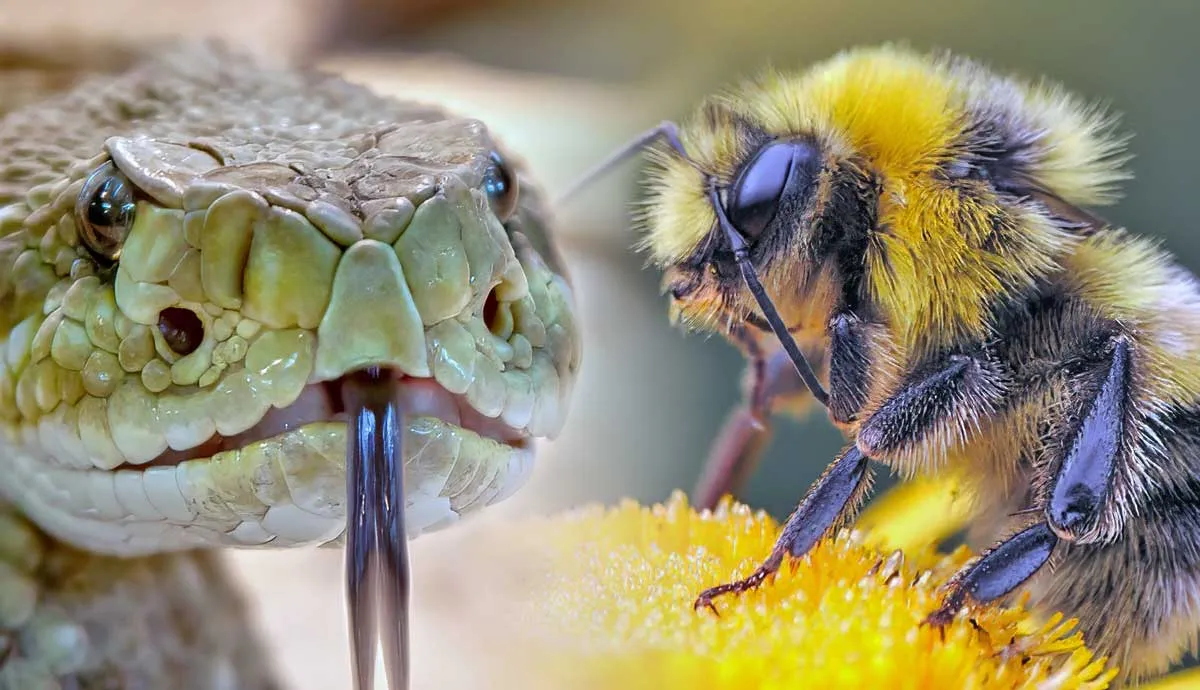We rely on technology for almost everything, from learning and exploration to diagnosing life-threatening illnesses. However, many people are surprised to learn that x-rays and other imaging scans aren’t the only technology healthcare professionals rely on. Certain dog breeds rely on their sense of smell to sniff out various conditions that affect their handlers’ health. But which dogs are best suited for the task? And what conditions can they identify? We cover all of that and more here.
Dogs Can Detect These Illnesses
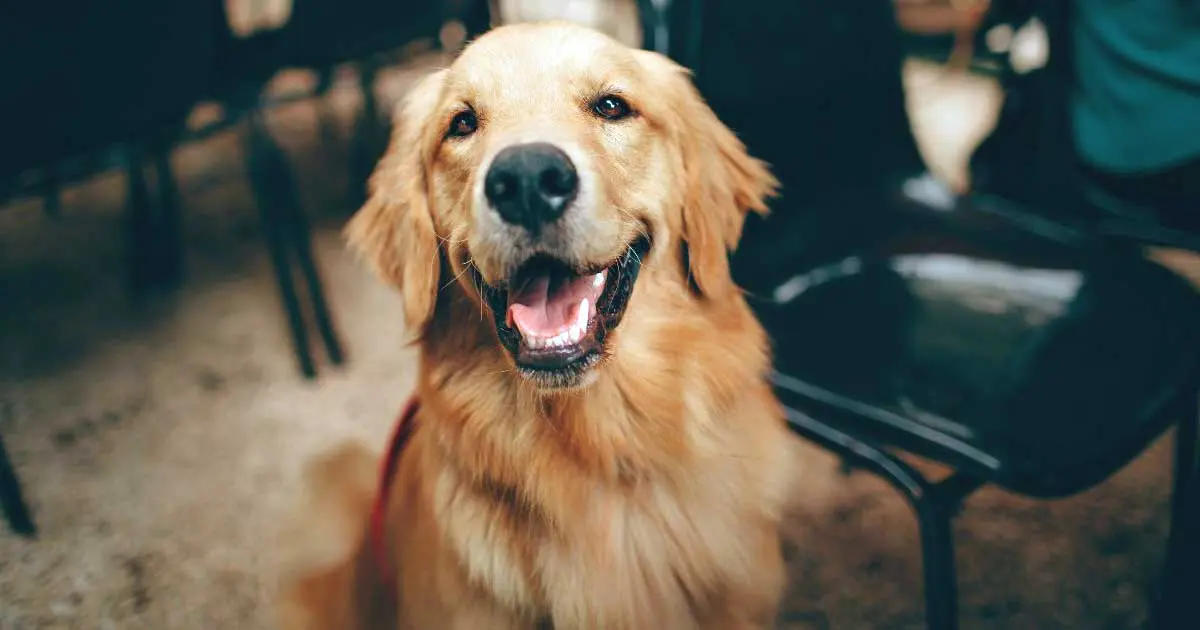
If you are a non-believer that dogs can smell disease in people, the science behind it might blow your mind. As noted, dogs can detect illnesses with their outstanding sense of smell. We aren’t talking about just the common cold here.
Dogs can sense a long list of life-threatening conditions, including diabetes, COVID-19, Parkinson’s disease, and even some forms of cancer, including those affecting the:
- Skin
- Ovaries
- Lungs
- Breasts
- Colon
- Prostate
- Bladder
Some service dogs (sometimes called “alert dogs”) can detect when their owners might experience a seizure or migraine. Quick detection can mean the difference between life and death for many who rely on dogs with jobs.
How Dogs Sniff Out Illnesses
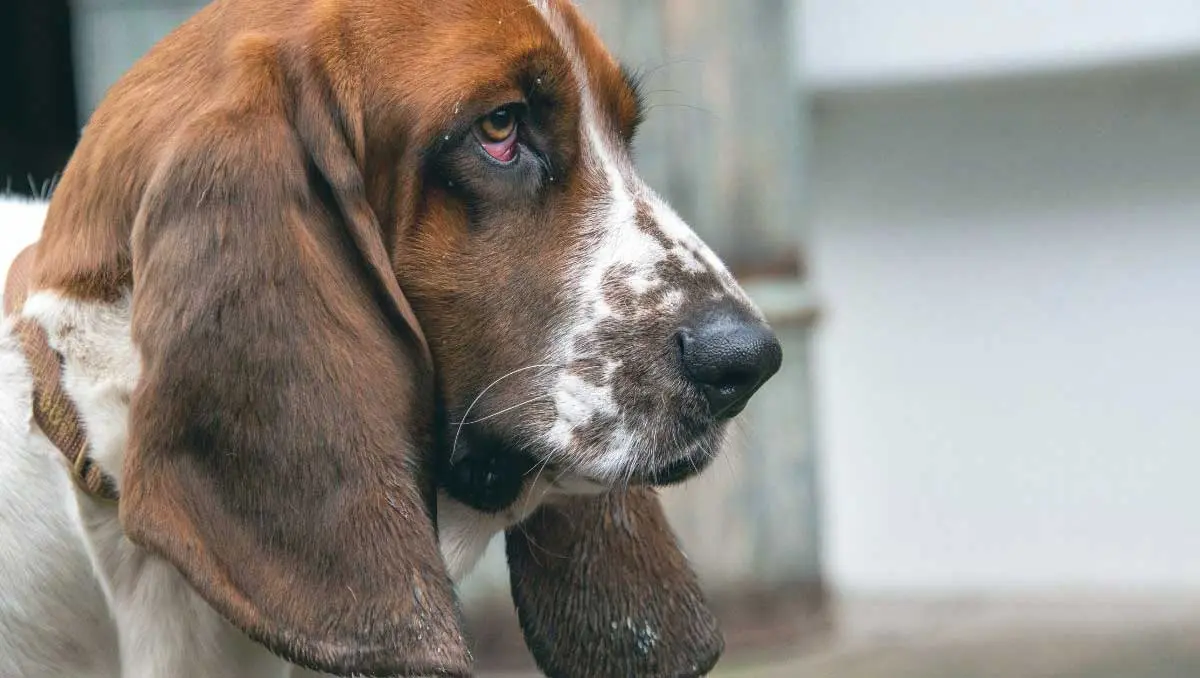
As humans, we don’t share the same sense of smell that dogs do. According to the American Kennel Club (AKC), an extraordinary 12.5% of a dog’s brain focuses solely on smell. That doesn’t come close to the average person’s smelling skills. That could explain why these floofs are so in tune with their snouts.
How a dog detects an illness depends on what it’s trained to detect. For instance, a dog can sense low blood sugar in its handler by subtle changes in its owner’s sweat, urine, and breath. They may also look for visual cues, like trembling or disorientation, to alert its owner.
Medical News Today notes that many diseases, such as cancers, have specific odor signatures. The bottom line is that when we become ill, the chemical levels in our bodies change—emitting an odor only a dog could sense.
How a Dog Acts After Detecting an Illness
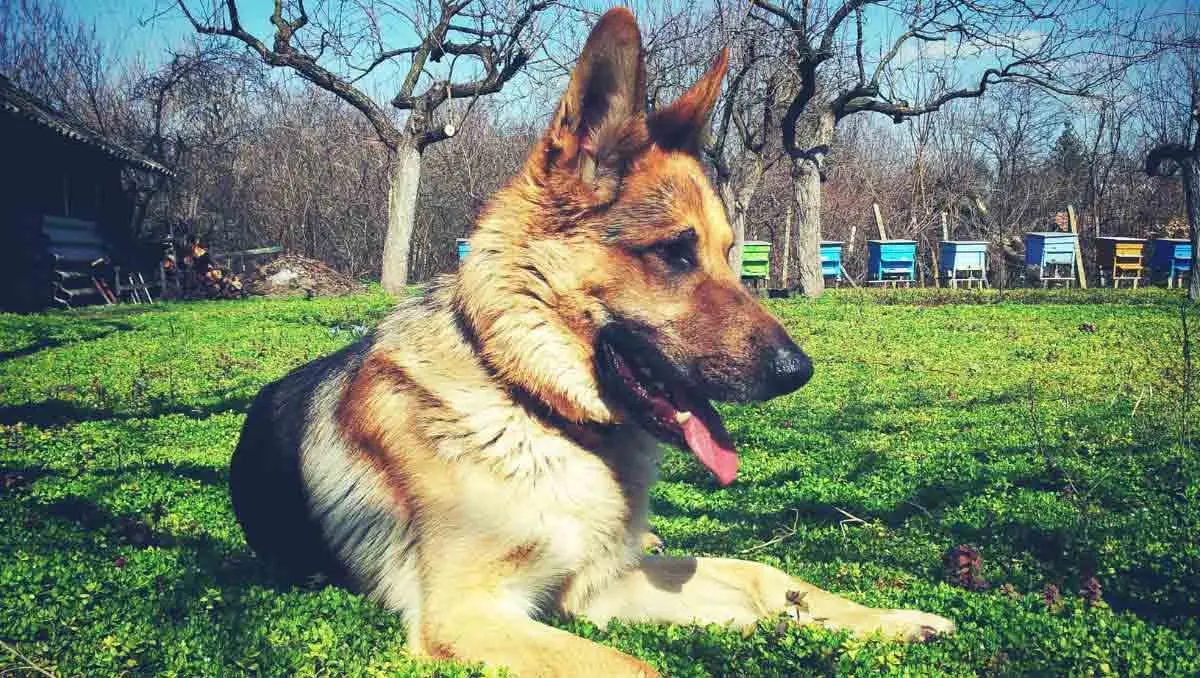
Our dogs love us as much as we love them. They are man’s best friend, after all. So, if they notice a change in your behavior, their behavior might change, too.
If a professionally trained dog senses a health complication in its handler, it may:
- Bring them medication, such as a pill bottle
- Wake up their owner (if they notice a change in blood sugar, for instance)
- Poke or nudge their owner with their snout
- Offer themselves to lean on
- Rely on non-verbal cues
- Retrieve fallen objects
This is not an exhaustive list.
How Are Dogs Trained to Detect Illnesses?

Dogs are trained to sniff out disease the same way they’re trained to detect dangerous items, like bombs or firearms. Their training will depend on which illness they will be focusing on.
Training a dog to detect a health condition starts in puppyhood—generally when they’re just a few weeks old. Supporting their handlers isn’t just a job—it’s a way of life. Some people are on waiting lists for years before they’re connected with a puppy trained to respond to their exact illness.
As noted, a dog’s training depends on what illness they’re going to detect. For instance, a dog trained to sense low blood sugar in diabetics will be exposed to different blood samples each day. That way, it’s prepared to detect abnormalities and alert its owner. Positive reinforcement is key in these training sessions. The dog is rewarded for completing the task with a high value treat, either praise or a special treat, like a turkey slice.
Which Dog Breeds Are Best for Disease Detection?

We know that all dogs smell a whole lot better than we do, but some breeds take their sniffing skills to the next level. As a result, these breeds are usually chosen to help with disease detection:
- Beagles
- Labrador Retrievers
- Bloodhounds
- Basset Hounds
- German Shepherds
These dogs are also extremely trainable, making them ideal candidates for disease detection.
Is Dog Disease Detection Accurate?
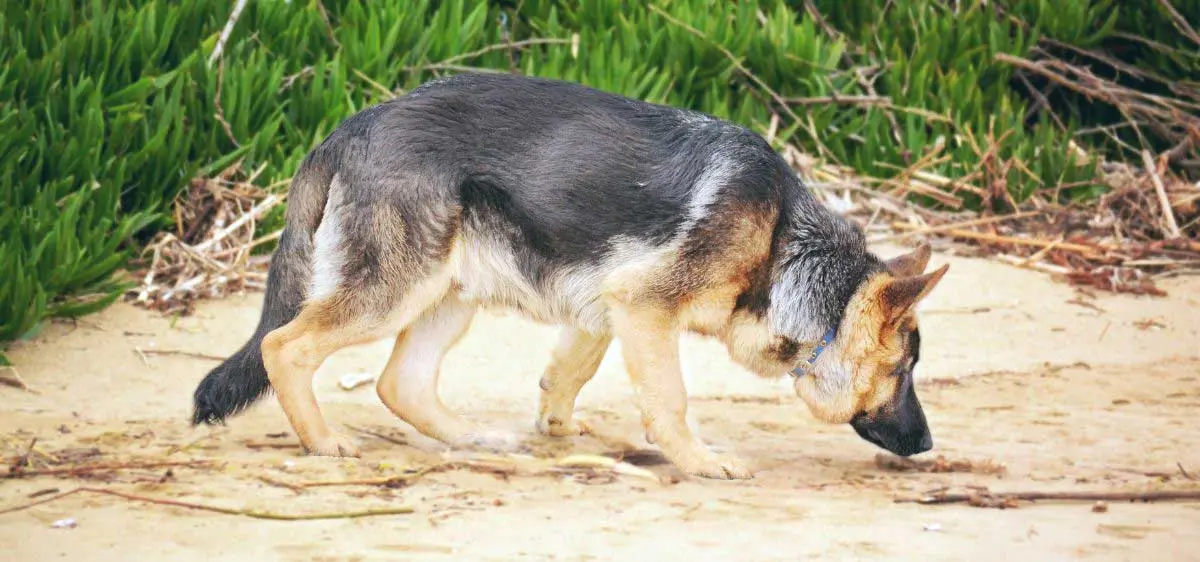
Research confirms that dogs can accurately detect a variety of illnesses. That’s because their sense of smell is astronomically more accurate than ours. A landmark study to determine the success rate of dogs detecting cancer was done in 2006.
It was found that dogs detected lung cancer with 99% accuracy, while breast cancer’s accuracy was 88%. While these statistics might indicate imperfect results, it is essential to remember that additional testing is recommended to get a comprehensive diagnosis. While a dog may detect an illness, its handler should contact their healthcare provider to get more insight.
Dogs Have Other Jobs Aside from Disease Detection
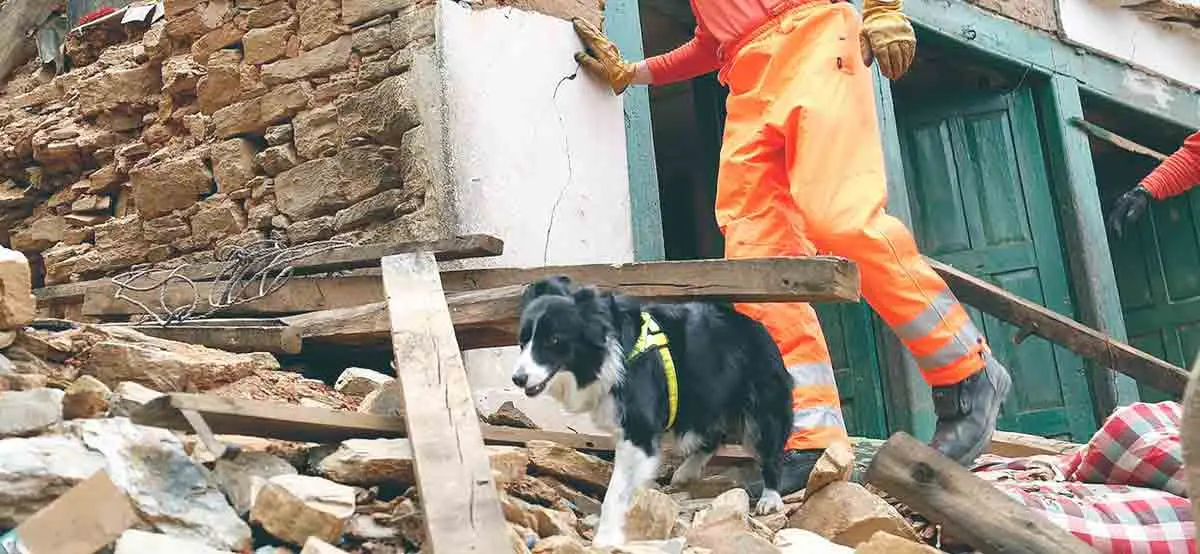
Dogs have helped humans with tasks for thousands of years, and the field of using dogs for disease detection is relatively new. Some dogs are also trained to:
- Rescue drowning people (dogs with water-resistant coats are ideal for this)
- Locate missing people
- Identify dangerous drugs
- Serve as companion animals for those with depression, anxiety, or post-traumatic stress disorder
- Track criminals and explosives
- Transport goods through hazardous terrain (such as snow-covered mountains)
- Find cadavers (deceased people)
Dogs Have Special Senses

Our fluff balls have a jaw-dropping number of scent receptors—up to 200 million of them. Compared to our five million, we can’t relate when it comes to sniffing things out. Our dogs have talents that are so useful that they can change our lives or even save them. Dogs are our companions, our safekeepers, and, for some, our natural illness detectors.
